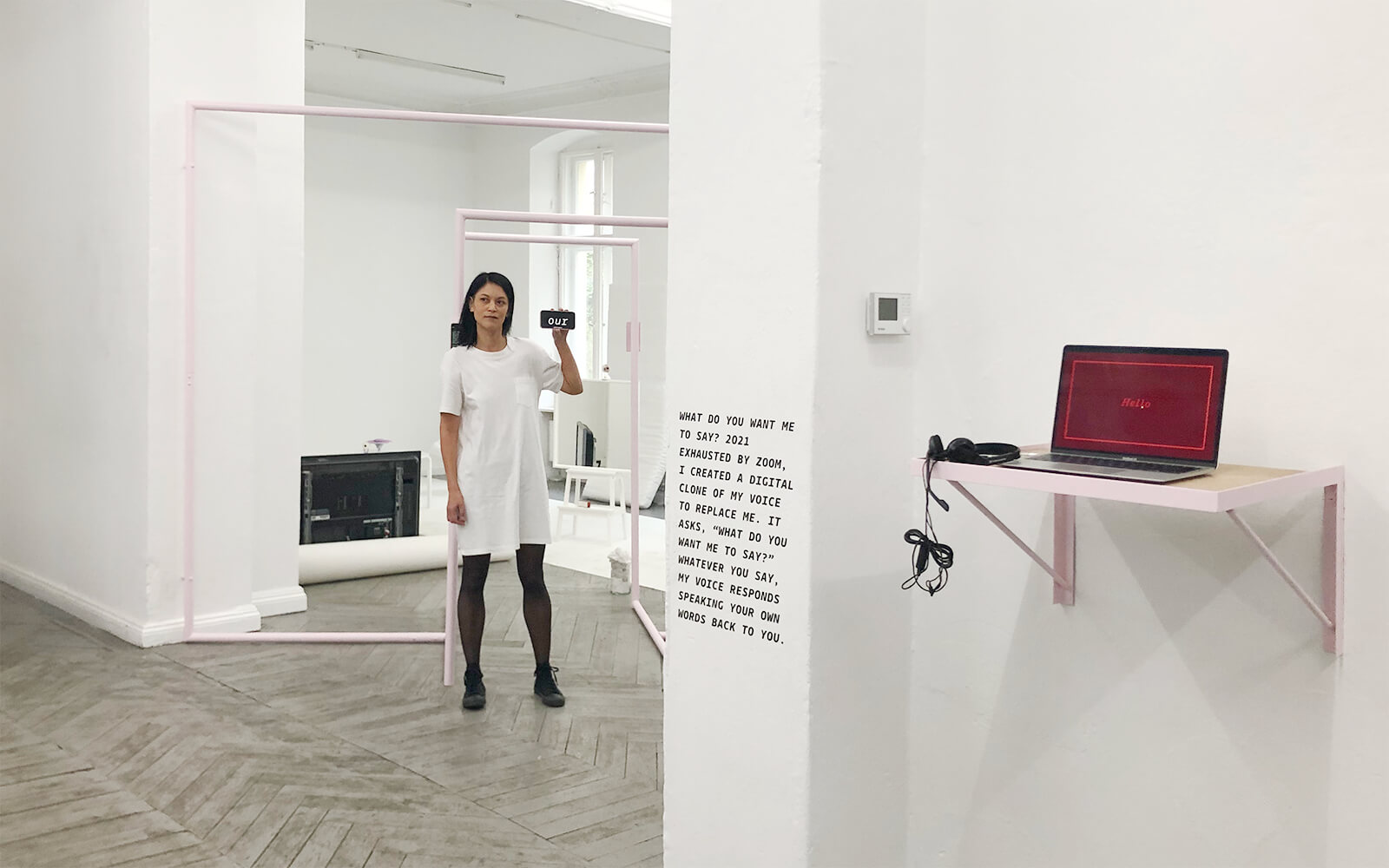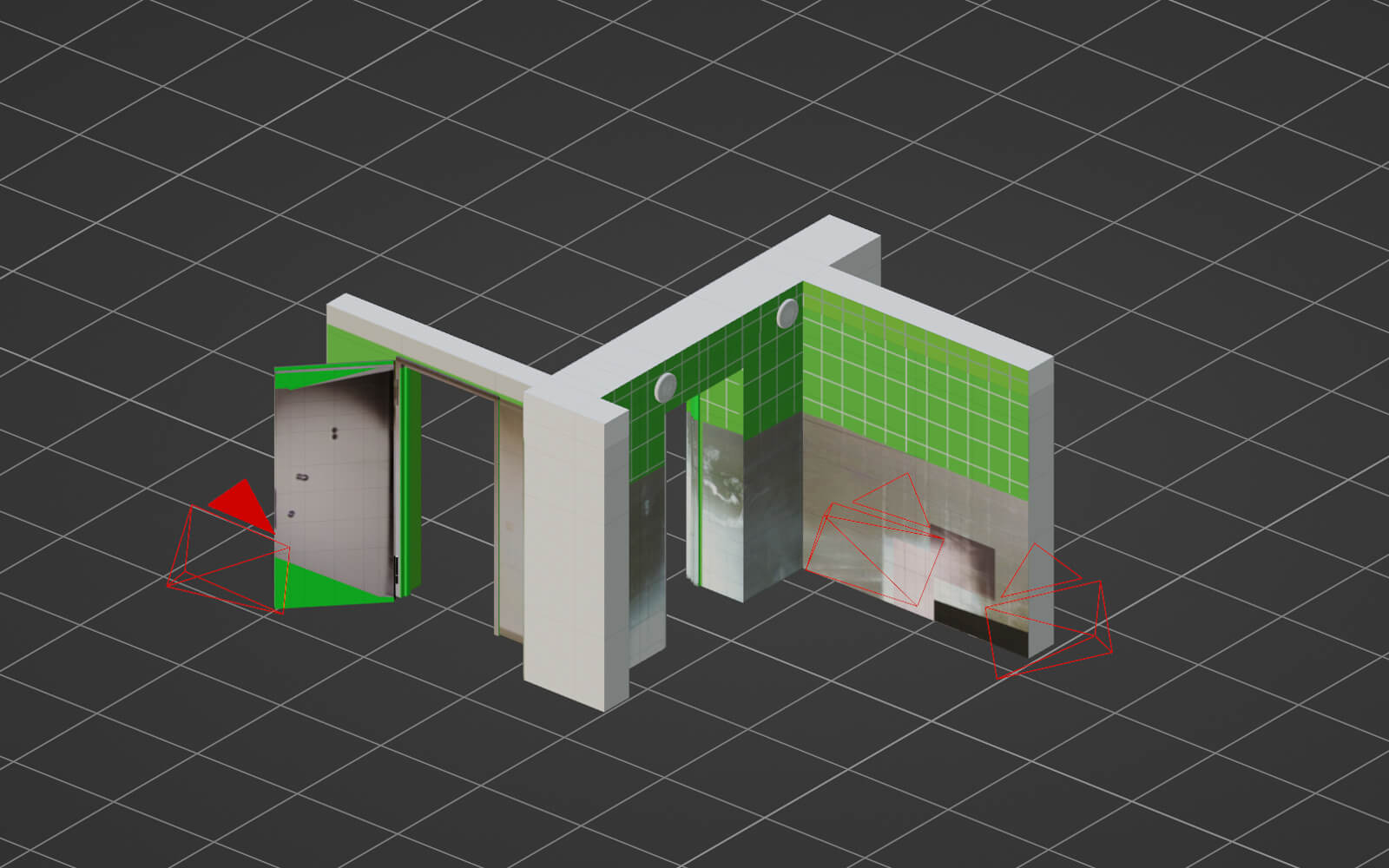Irish Artist Kerry Guinan Connects Sewing Machines in Bangalore and Dublin to Make Visceral the Globalized Economy
In the first of six performances, Kerry Guinan’s The Red Thread links six industrial sewing machines at Dublin’s The Complex with six counterparts at a garment factory in Bangalore, India. “The kinetic installation appears to be self-operating, but there are puppeteers in hiding,” the Irish artist notes about the workers over 8,000 kilometers away. By eliminating that distance, she hopes to “make visceral the extraordinary scale, and underlying humanity, of the globalised economy.”

Metadata:
/
/

